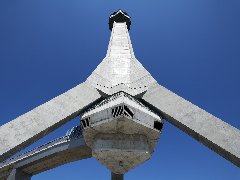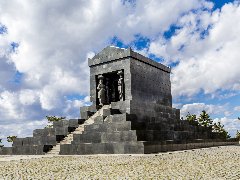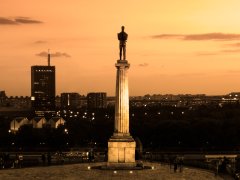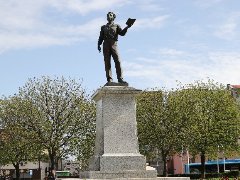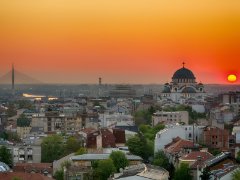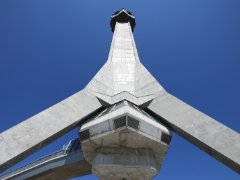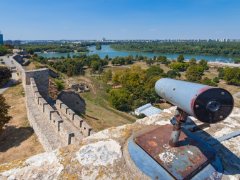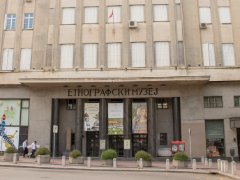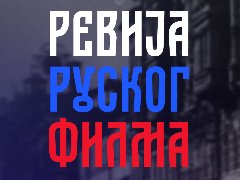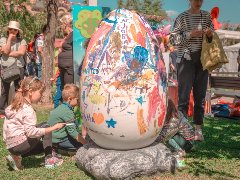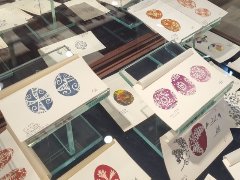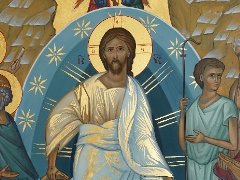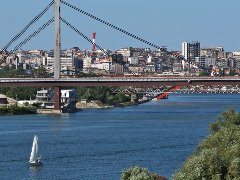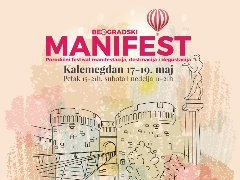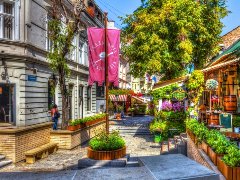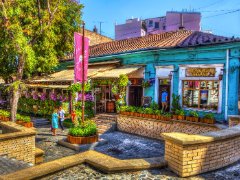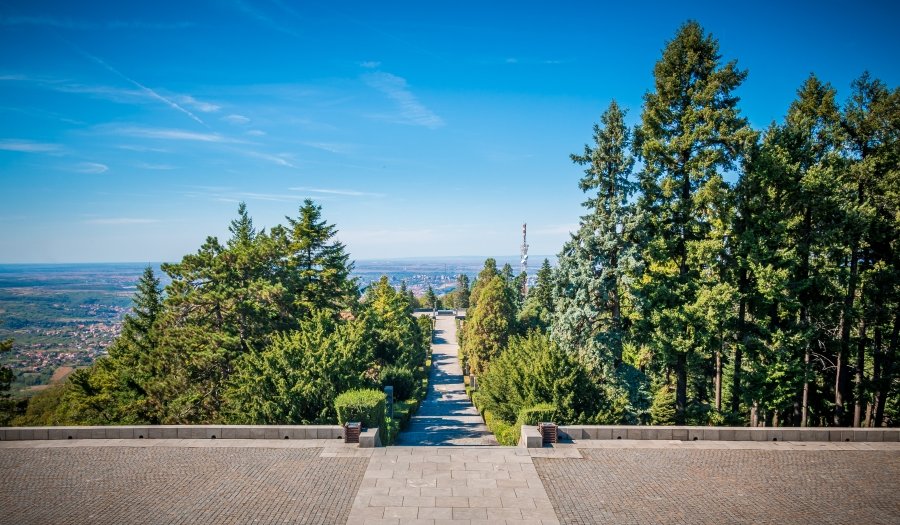
Belgrade is famous for its hills: Petlovo, Banovo, Julino... But one hill enters the mountain category just by 11 m. Avala. The pride of the Serbian capital because of its geographical position, flora and fauna, the old fortification of Zrnovo and modern architectural achievements. At 511 meters there is the peak Zrnov and in the mountain itself was found a special mineral which was named avalite.
Avala is a protected natural good that extends to 489 hectares. The Romans called it Golden Hill, the Hungarians Sarnov, and the Turks Havale, which means an obstacle. Of all the names, the Turkish remained the longest, so Avala remained. There are about 600 plant species, of which natural rarities are zanovet (golden chain), zlatan (Turk's cap lily) and zelenika (Ilex aquifolium - European holly). It is rich in pine trees and quality trees.
For decades, the Avala Tower is the most attractive among the domestic and foreign audience. The telecommunications tower that transmitted the signal of the famous Television Belgrade was completed in 1965. It was 202.87 meters high and was the fifth largest building site in the world, after the Empire State Building, the Eiffel Tower, the Chrysler Building and the Grand Dixence Dam.
The tower was demolished on 23rd April 1999 during the NATO aggression against Serbia. The reconstruction was launched in 2006 and it was officially opened on 21st April 2010. Today, the Tower of Avala is 204.5 meters high and is the tallest tower in the Balkans. A true attraction for all visitors and a great place for taking photos. If you come on a sunny and cloudless day, you will have the opportunity to see the whole city from the height. The view is far beyond the capital. Impressive and unique experience.
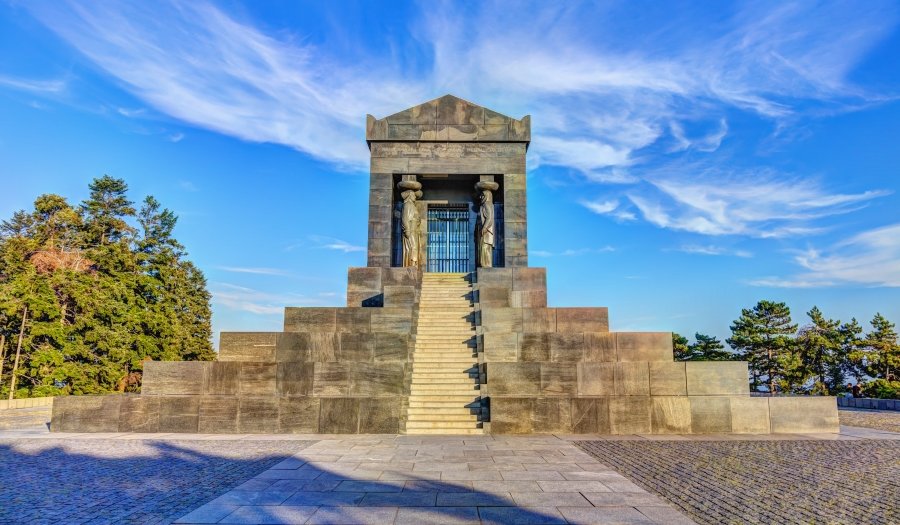
On the Belgrade mountain there was Zmaj od Avale, Vasa Carapic, one of the most important Serbian fighters against Turkish dahijas. Now there is a monument and a legend. There are a lot of monuments, and the most magnificent is the mausoleum to the Unknown Hero. At Avala there are springs of drinking water, fountains and Roman well - a mine shaft from the 6th century BC.
The latest investment in innovation brought different contents at the foot of the tower. The decorated environment provides entertainment for all generations. As nature is the most important here, outdoor sports fields are particularly attractive.
If you take a little extra time, visit the small towns at the foot of Avala. In the village of Zuce there is the Museum of Rakija "Bojkovcanka". If you have not tasted brandy (rakija), you have not properly experienced Serbia. In order to enjoy local specialties, we recommend the Avala Triangle: Pinosava - Zuce - Beli potok. Local households offer a particularly good Serbian gastronomy.
